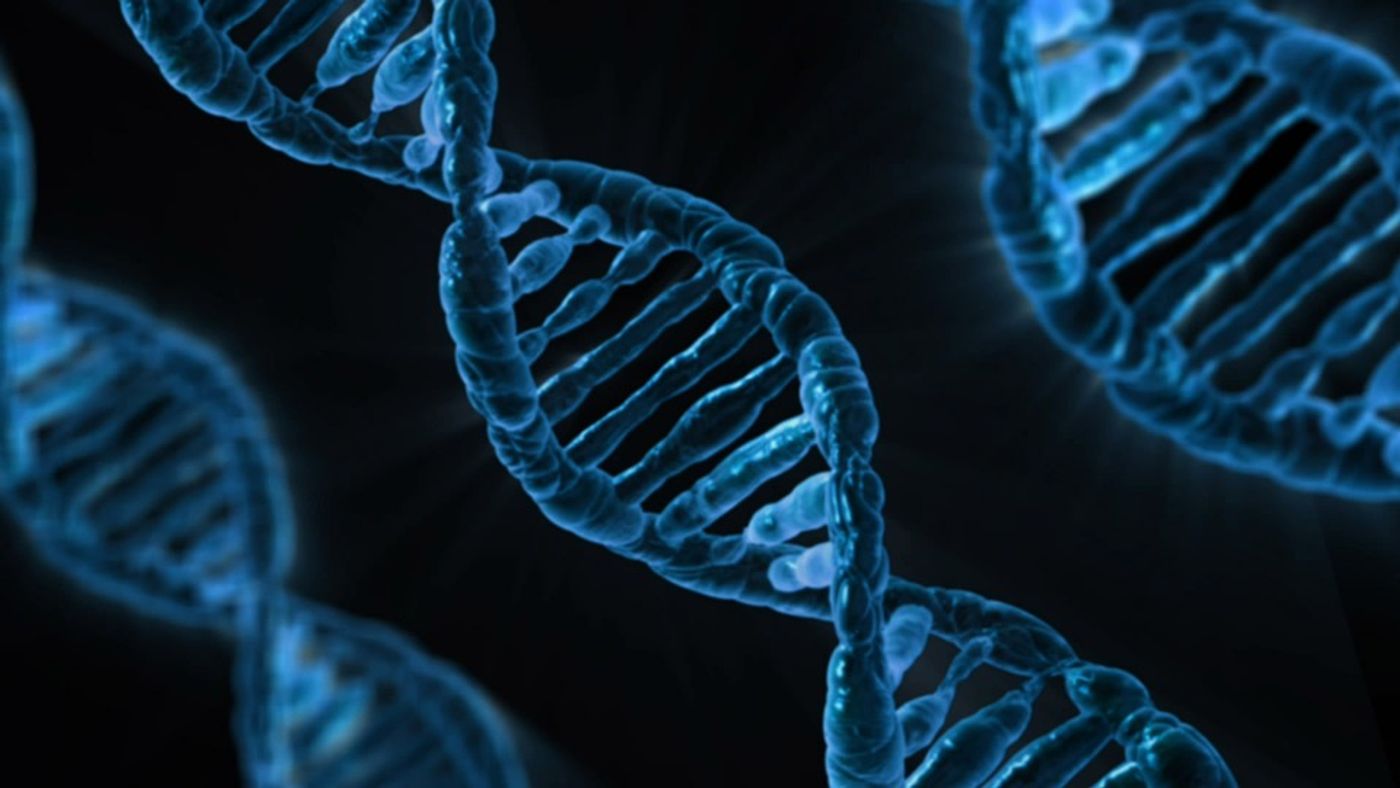A CRISPR System can Edit Only a Defective Copy of a Gene
Researchers have modified and refined the gene-editing tool CRISPR/Cas9 since it was developed. Now researchers have used a more precise version of the editor to repair a genetic mutation in a mouse model of hearing loss. The scientists applied a variation of the Cas9 enzyme that can identify the disease-causing gene mutation more specifically; it can alter a single, erroneous copy of the gene and leave the correct one alone. The approach was able to target a single error in the three billion bases of the mouse genome and fix it. The work has been reported in Nature Medicine.
"Our results demonstrate that this more refined, better targeted version of the now-classic CRISPR/Cas9 editing tool achieves an unprecedented level of identification and accuracy," said study co-senior investigator David Corey, the Bertarelli Professor of Translational Medical Science in the Blavatnik Institute at Harvard Medical School.
We carry two copies of each chromosome, and so we have two copies of every gene (except sex chromosomes). Some genetic mutations cause disease only when a person carries two defective copies of a gene, while others can result in illness with only one mutated copy. In the case of the Tmc1 gene, progressive hearing loss, like what happened to Beethoven occurs because of a single mutant copy of Tmc1; the mice that model the mutation are referred to as Beethoven mice. They carry a single copy of the defective Tmc1 gene, and one correct copy. Though it's still a long way off from being applied to humans, this work shows that it is possible to edit single copies of mutated genes while leaving the correct copy unaltered.
"We believe our work opens the door toward a hyper-targeted way to treat an array of genetic disorders that arise from one defective copy of a gene," said study co-senior investigator Jeffrey Holt, Harvard Medical School professor of otolaryngology and neurology at Boston Children's Hospital. "This truly is precision medicine."
The CRISPR/Cas9 system, which is derived from bacteria, relies on an RNA molecule (gRNA) to guide the genome-cutting Cas9 enzyme to the right spot. This gRNA is about twenty nucleotides long. While it can be specific, there is some tolerance for mismatches and some gRNAs can end up targeting the wrong places in the genome. A modified version of Cas9 was generated using the Staphylococcus aureus bacterium rather than Streptococcus pyogenes, where standard Cas9 comes from. This modified enzyme identifies the mutation - a single change from an A to a T, and edits only the mutated copy of Tmc1.
"We took advantage of the fact that this system recognizes mutant DNA but not normal DNA and uses a dual recognition system for enhanced precision," said the first author of the study Bence Gyorgy. "This approach resulted in an unprecedented level of specificity in targeting the mutant gene."
After testing this strategy in mice with and without the mutation, they found that gene edits only happened in mice with the mutation. Two months after the treatment, a hearing test showed that the Beethoven mice had much better hearing that untreated mice. Some treated mice could hear sounds at 25 to 30 decibels, making their hearing about as good as normal mice. A structural analysis of hearing cells showed that they looked healthy in the treated mice.
The disorder is characterized by progressive loss of hearing, so the impact of the therapy was tested over time. Untreated mice could not hear by six months of age while the treated mice could still hear low and high frequencies - the latter are normally lost in Beethoven mice by month one. Animals that got the treatment but lacked the mutation remained unchanged, showing that the treatment was safe.
This strategy was also found to be effective in human cells carrying the mutation. While it needs more testing before it's applied to people, it has the potential to repair 3,759 other defective gene variants.
"To be sure, this is the first step in a long journey," Holt said. "But what we have here is proof of principle that demonstrates this highly specific, highly targeted treatment could be developed to selectively silence genes that carry single-point mutations and potentially treat many other forms of human disease."
Learn more about the improved specificity of CRISPR/Cas9 from the video.
Sources: AAAS/Eurekalert! Via Harvard Medical School, Nature Medicine









